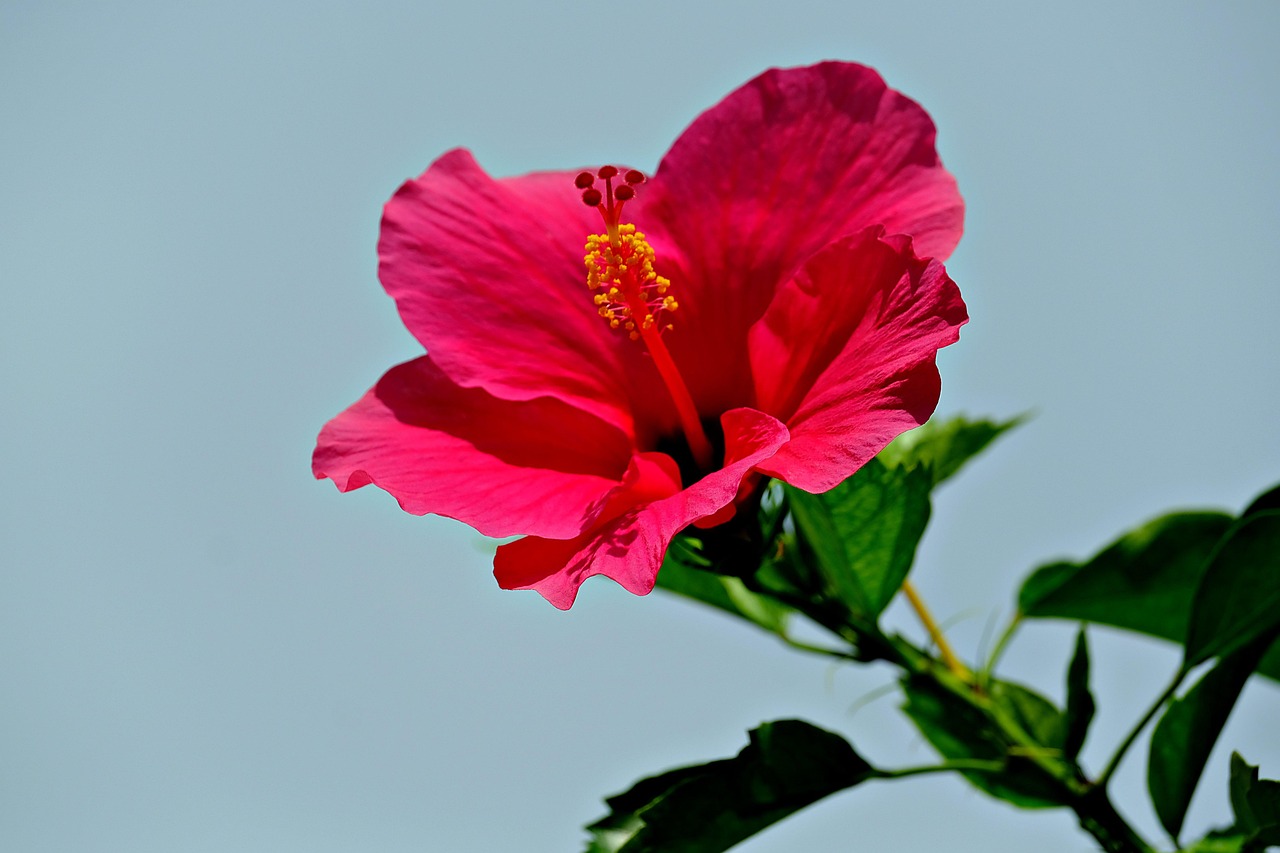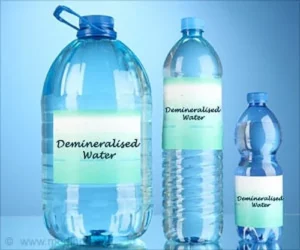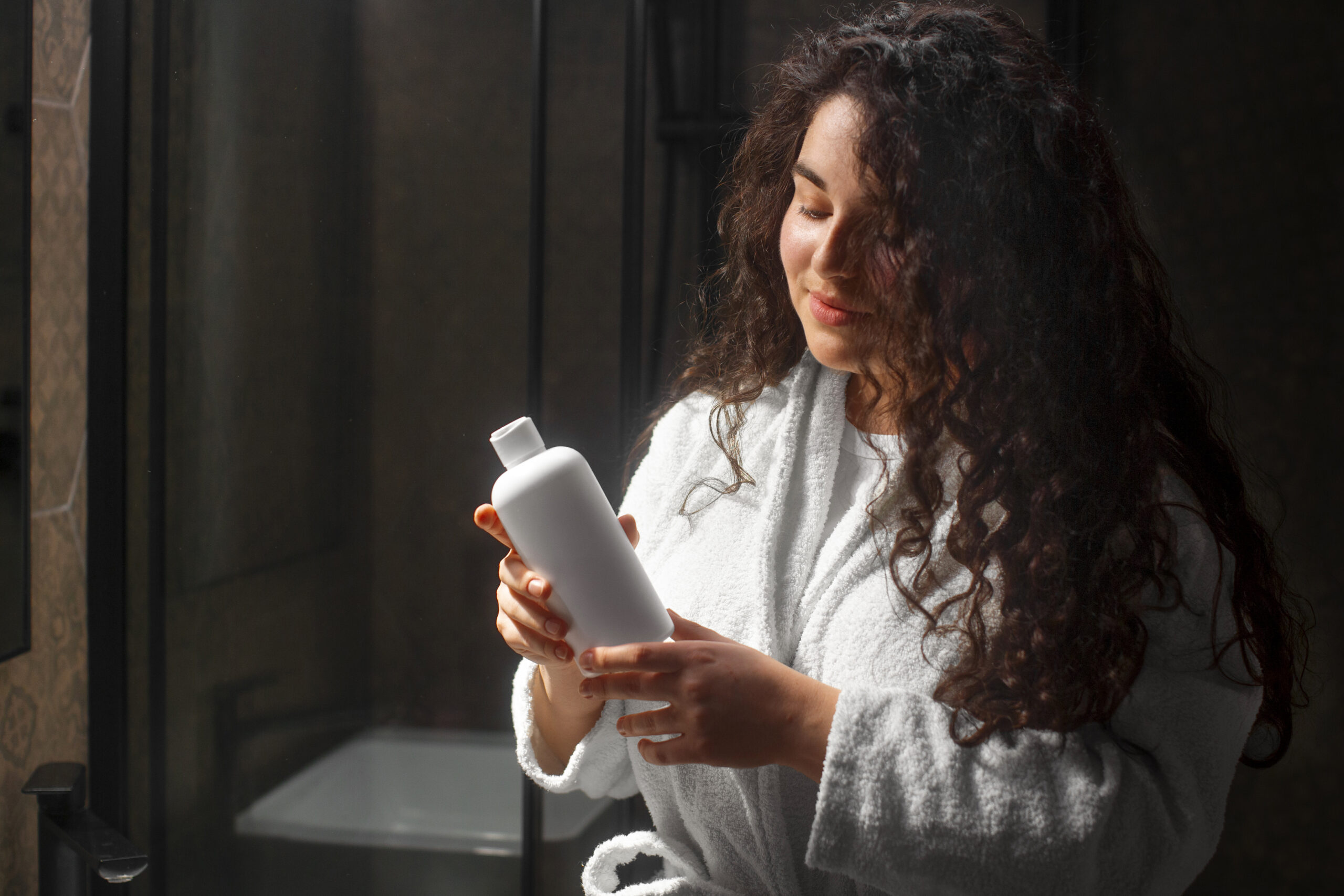Hyaluronic Acid Kya Hai? Aur Yeh Skin Ke Liye Kya Karta Hai?
Agar aapki skin dry, dull ya lifeless lagti hai, to Hyaluronic Acid ek aisa ingredient hai jo aapki skin me jaan daal sakta hai!
Chaliye samajhte hain ki yeh hai kya, kaise kaam karta hai aur iska use kaise karein 👇
Hyaluronic Acid – Skin Ka Natural Hydrator
Hyaluronic Acid (HA) ek aisa natural molecule hai jo hamari skin me already hota hai. Iska main kaam hota hai — pani ko hold karna, yaani hydration ko lock karna.
1 gram Hyaluronic Acid apne weight se 1000 times zyada pani hold kar sakta hai! 😲
Isliye skincare products me yeh super hydrator ke roop me use hota hai.
Top 6 Benefits of Hyaluronic Acid
1. 💦 Instant Hydration De
Dry aur dehydrated skin ko turant moisturize karta hai
Skin ko soft, plump aur glowing banata hai
2. 👶 Fine Lines Ko Reduce Kare
Jab skin hydrated hoti hai to fine lines aur wrinkles kam dikhte hain
3. 🌈 Skin Ko Smooth Banata Hai
Rough patches, dullness aur texture me improvement deta hai
4. ⚖️ Sabhi Skin Types Ke Liye Safe Hai
Sensitive, oily, dry — sabhi log use kar sakte hain
5. 🛡️ Skin Barrier Ko Strong Banata Hai
Pollution, sun damage aur dryness se bachata hai
6. 💫 Other Ingredients Ke Saath Achha Work Karta Hai
Vitamin C, Niacinamide, Retinol ke sath bhi use ho sakta hai
Hyaluronic Acid Kab Aur Kaise Use Karein?
Step Use Time Tips
1️⃣ Cleanser ke baad Damp (thodi geeli) skin pe lagayein
2️⃣ Serum form me 2–3 drops face pe gentle tap karein
3️⃣ Moisturizer ke niche Moisture lock karne ke liye zaroori hai
.Tip: Hyaluronic Acid hamesha moisturizer ke saath hi use karein, warna skin aur zyada dry ho sakti hai.
🚫 Common Mistakes Jo Log Karte Hain:
Sirf HA serum lagake moisturize nahi karte
Completely dry face pe lagate hain (wrong way)
Bahar jaate waqt sunscreen nahi lagate
📌 Final Thoughts
Hyaluronic Acid ek game-changer ingredient hai agar aap hydrated, healthy aur glowing skin chahte ho. Yeh aaj ke time ka must-have skincare product hai — chahe aap beginner ho ya pro!


